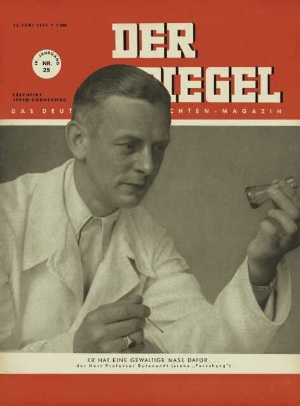In the 1950s the commission on food coloring of the German Research Society (DFG), headed by the biochemist Adolf Butenandt and the pharmacologist Hermann Druckrey, represented a policy of preventive risk management in regard to food additives. It was thereby recapitulating a discourse on “food poisoning” and a critique on an inner nexus being constructed by our civilization between foreign substances and carcinogenesis. Such a connection had already been expressed in the early 1930s. Discourses on purity and contamination were translated into mathematical models (the dose-time-response) and legislative measures (new German food law in 1958). With the organisation EUROTOX and within the scope of JECFA, Druckrey tried to implement this pharmacology of cancer on a global scale. At the end of the 1950s these purist and preventive risk policies were forced back by the primacy of economics. With the replacement of Druckrey’s model of dose-time-response by the much more flexible concept of ‘acceptable daily intake,’ industry- and trade-friendly policy of calculable risk prevailed over the policy of preventive risk management.
Source:
PD Dr. Heiko Stoff. “Zur Kritik der Chemisierung und Technisierung der Umwelt. Risiko- und Präventionspolitik von Lebensmittelzusatzstoffen in den 1950er Jahren”
TG Technikgeschichte, Seite 229 – 250
Institut für Geschichte, Ethik und Philosophie der Medizin
Medizinische Hochschule Hannover
Carl-Neuberg-Str. 1
D-30625 Hannover

- Login om te reageren
